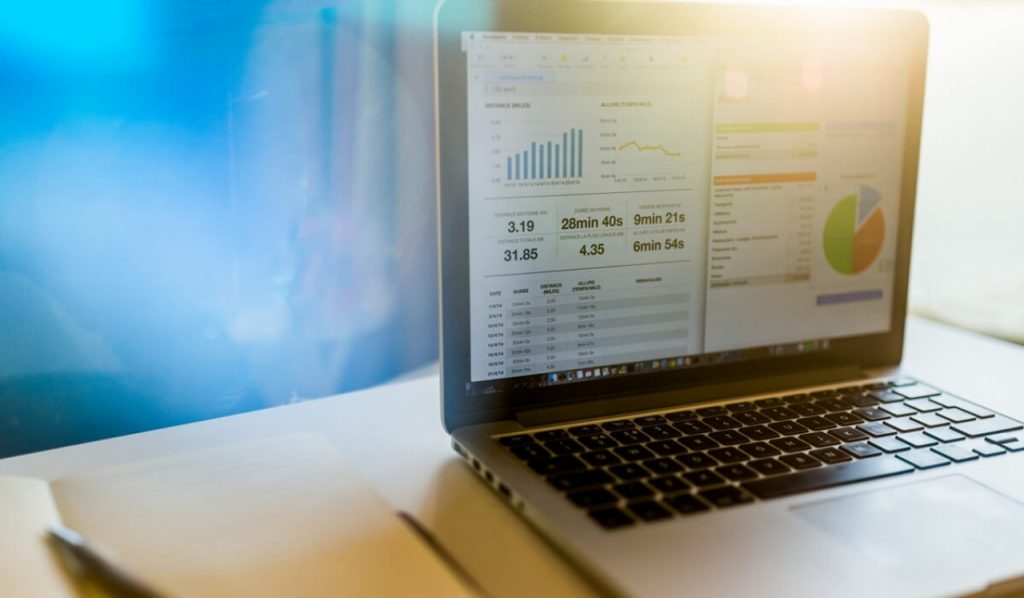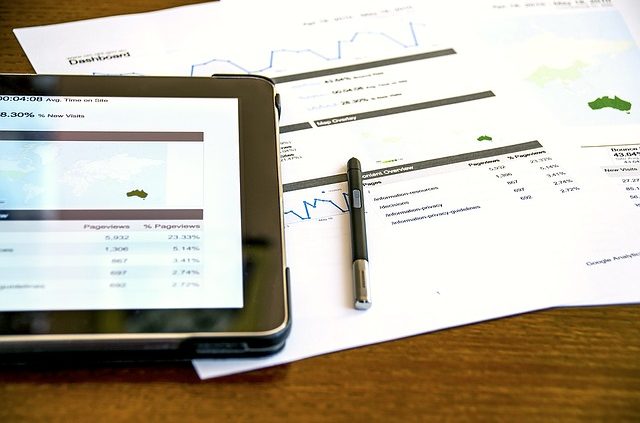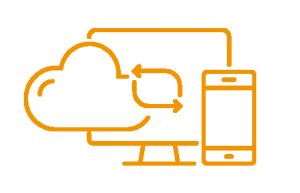Turn Website Traffic Into Foot Traffic: How to Get More Customers in Your Store
Online and offline retail sales no longer work in silos. The Harvard Business Review published a case study about the role of websites in the modern-day retail industry. That case study found that many retailers are struggling to convert shoppers in-person — instead, consumers browse in real life and opt to make the purchase online at a later date.
It’s an interesting dilemma, and it brings up the importance of a retailer’s in-person and online presence. And whether customers are browsing in-store or online first, those multichannel shoppers present a lot of value and opportunity for retailers. Why? Well, customers who purchase both online and in-store have a 30% higher lifetime customer value.
And more consumers are finding your website first. Almost all (96%) of online shoppers search for local businesses online. If you don’t have a website, you’re missing out on a lot of potential sales, whether you want to open an ecommerce store or not.
So, how can retailers capitalize on those website browsers? Here’s what you need to include and how to promote your brick-and-mortar shop on your store’s website.
Must-Have Features For Your Website
We’ve put together a checklist of the items that you need to tick off when creating your site.
1. Mobile Responsiveness
“In today’s connected world, the shopping trip often starts on the living room couch on a mobile device,” says Jim Cusson, president of retail marketing agency Theory House. “If retailers don’t show up early in the journey, they risk losing the sale.”
Google has found that 50% of consumers who conduct local searches on their smartphone visit the store within just one day. Mobile device prevalence doesn’t necessarily mean you need a branded app, though. In fact, consumer behavior is trending to favor mobile browser brand experiences instead of branded apps. Half of users prefer mobile sites to apps, and 38% are impressed when local retailers have mobile-optimized websites.
2. Contact and Location Information
Make it easy for website visitors to figure out how to become real-life visitors. According to research, address and location are the first pieces of information that local users want to find on your site. Remember to include contact information as well.
It’s also a good idea to showcase your locations visually so it’s immediately apparent to users that you have a brick-and-mortar location. Nitterhouse Masonry does this well on their store page (which also has its own menu item). They use a photo from inside the store as their main homepage image, as well as a picture of the storefront next to the easily discoverable location information.
And don’t forget to set up and optimize your Google Places listing so that it’s easy for locals to find your address and contact information.

3. Reviews and Testimonials
Nothing beats showing customers how great you are than showcasing it in the words of other people. Social proof in the form of reviews and testimonials on your site will establish trust and credibility. 91% of online shoppers seek out reviews, so make it easy for users to find them on your site without leaving.
Retailers can also get reviews on their Google Places page, which show up when someone searches Google for your business. And if you need a little help getting customers to write reviews, check out our article on encouraging more social proof.
Synergy On and Offline
The strongest brands deliver the same customer experience across all channels. And with increasingly multichannel consumer behavior, this is essential. A consistent, streamlined brand experience will resonate and build a community of loyal customers. It builds trust and establishes relatability.
One mistake Cusson sees brands make is to neglect the significance of the website experience. “They treat their online site as simply a shopping cart — no brand communication, no experience, no emotion,” he says.
Every detail counts, from the messaging to your logo, the fonts, and colors. In fact, color can increase brand recognition by 80% — attention to detail can go a long way for your brand.
Promoting Your Website
Build it and they will come, right? That’s not always the case, especially as it relates to your website. Brick-and-mortar retailers that want to use their website to drive foot traffic should pay extra attention to local advertising and local search engine optimization (SEO). One place to start? Your Google business listing — 56% of local retailers haven’t claimed their Google business listing. That’s surprising, considering 18% of local mobile searches result in a sale in just one day.
Look beyond Google, too. With paid social media, you can target ads to consumers in a specific location. And other sites, such as TripAdvisor and Yelp, can add to your local digital presence too. About two-thirds of local retailers haven’t claimed their Yelp listing, and that could be a missed opportunity to send shoppers to your storefront.

Pushing Customers from Online to Offline
“The physical store’s greatest benefit is experience and tactile interaction,” says Cusson.
And Cusson is right — retailers benefit from in-person sales. Those face-to-face interactions matter, which is part of the reason why 90% of all retail sales are still made in stores.
For those retailers who want to turn those online browsers into in-person buyers, Cusson had some suggestions about how to accomplish this goal.
“Retailers successfully drive foot traffic with in-store events, exclusive SKUs, and limited-time offers that require a visit to the store,” he says.
If you want some additional ways to use your site to shoppers to your storefront, here are some more ideas to get started:
- Latest arrivals: Can you update the banner image on your website homepage to showcase the latest arrivals? Make those products available for in-store purchase only.
- Coupons: Create a digital coupon that users can redeem for their next in-store purchase. If you don’t have the ability to create coupons, simply make a note on your website copy somewhere. Tell users that if they mention they visited your website, they’ll be eligible for an extra in-store discount on their purchase.
- In-store events: Hosting events in your retail space builds community, and it can also generate buzz around a new product line. Promote the events loud and proud on your website, and tease what users will miss if they skip the event.
- Benefits of shopping at your store: Whether it’s free personal stylists, in-store events, and demos, free samples, or Wifi, make your website visitors know that to get the full experience, they need to visit you in-person.

- Promote online and offline spending: If you sell online, run a promotion that any customer who purchases online gets a special discount or free gift when they make their next in-store purchase.
- Announce flash sales: This will also give users a reason to return to your site.
- Offer in-store pick-up: 15% of Target’s online orders in 2015 were in-store pick-ups. Give customers an incentive to purchase online and pick up in-store — maybe some limited-availability items are available for in-store pickup only, or maybe customers can save on shipping costs with in-store pickup.
- Pictures: A picture says a thousand words, right? Instead of just telling website browsers how great your store is, show them. Share images of the interior spaces, showcase your employees’ expertise in your industry and remember to share those customer testimonials directly on your site.
Tracking Your Efforts
The age-old question: How do you know if what you’re doing is actually working? It’s difficult to marry the data between the online and offline worlds, but there are some measures retailers can use to track efforts and monitor progress.
On-site metrics are helpful (use Google Analytics to see how much of your website traffic is local, for example), but they don’t tell the whole picture.
Promo codes and coupon codes are often trackable, depending on your point-of-sale system or inventory management tools. These provide hard numbers about how many customers have used a promo code they found on your site to receive a discount in-store.
Train your associates to ask customers how they found your location. They can tally how many people say they found you online, and then you have concrete numbers to report on and look at. Facebook also has an offline tracking tool that can help you determine how many customers saw your ads online before making an in-store purchase.





